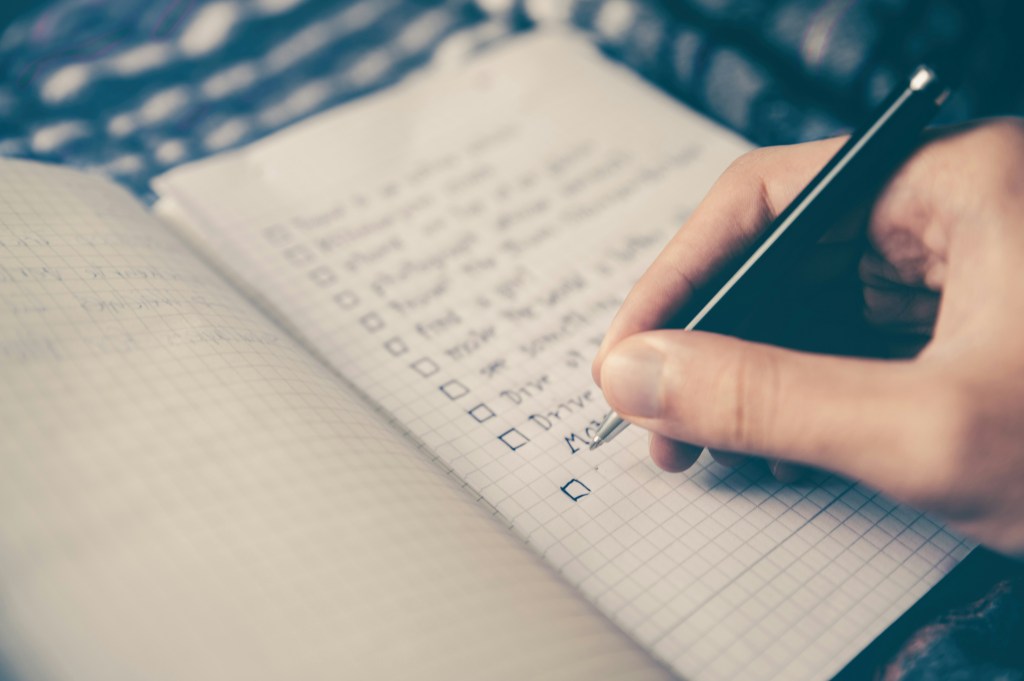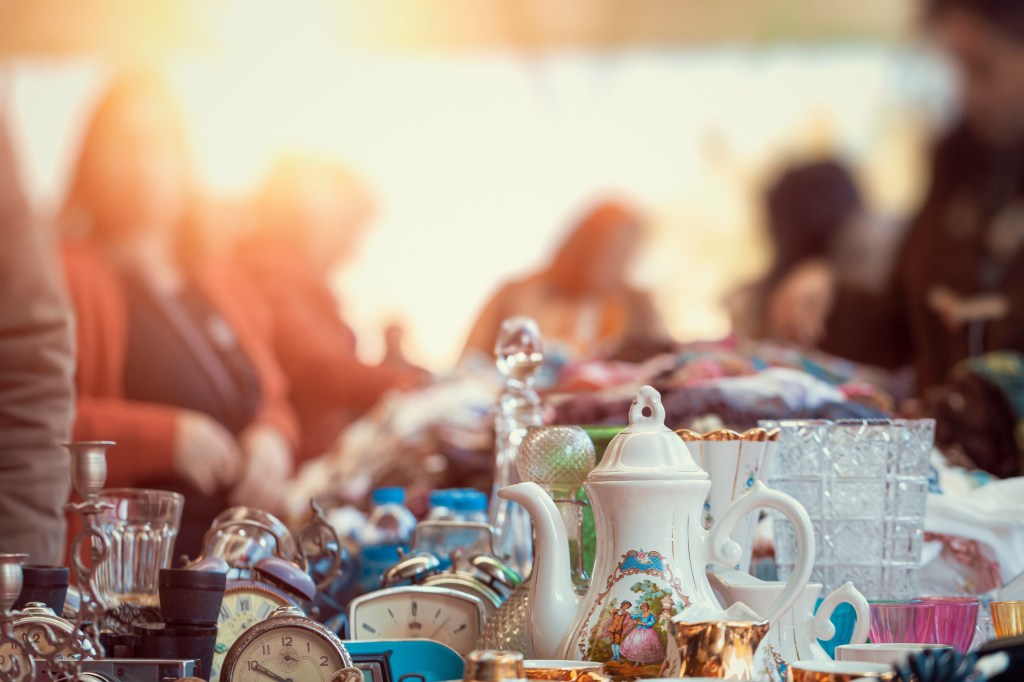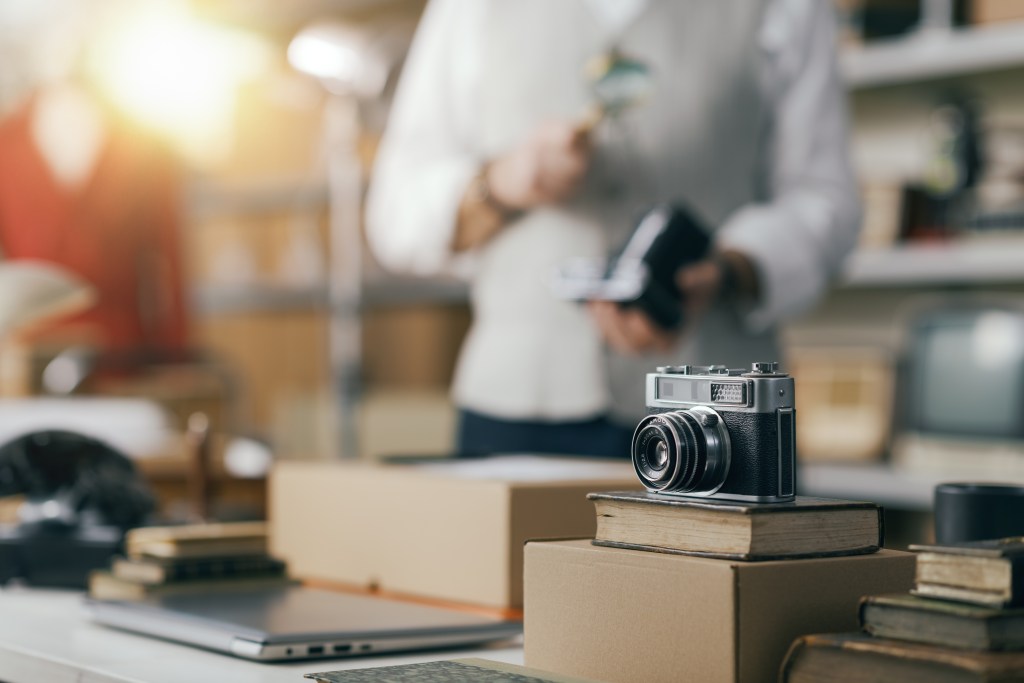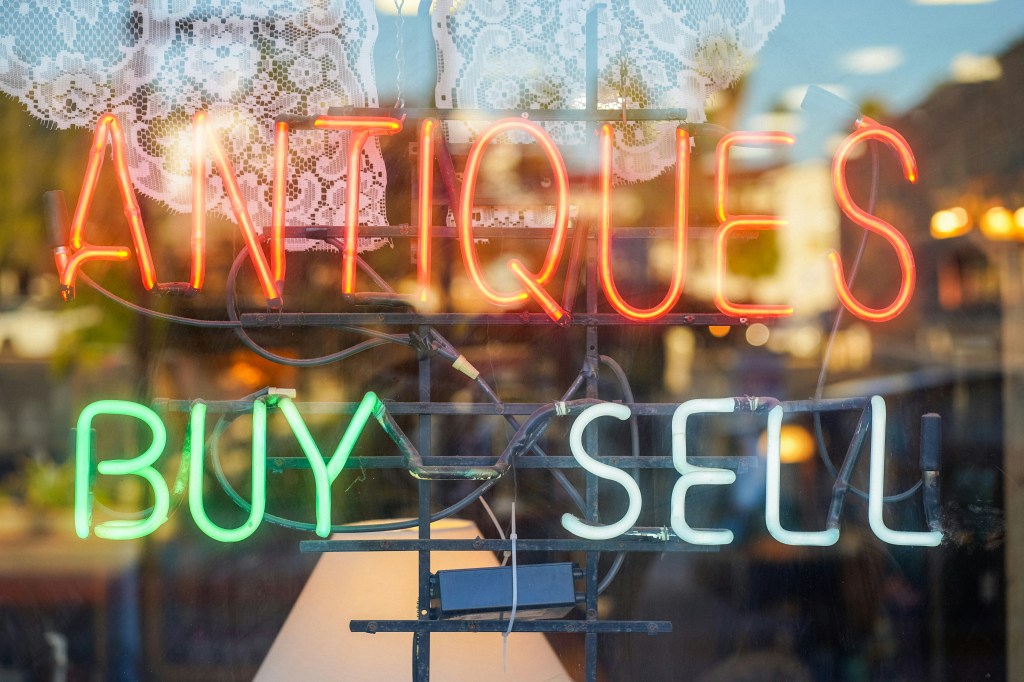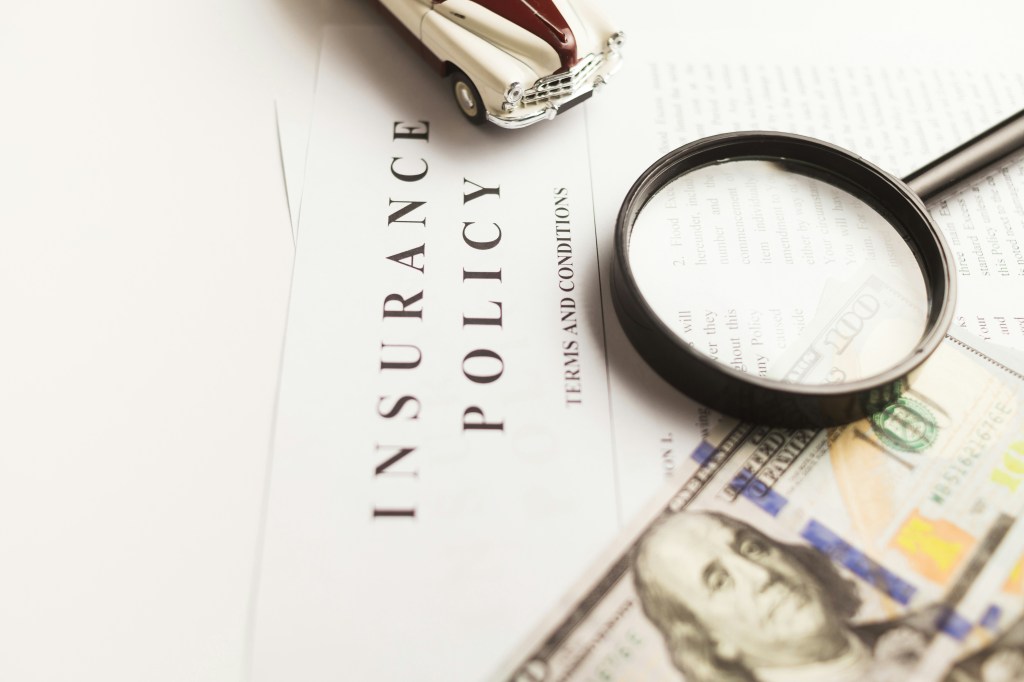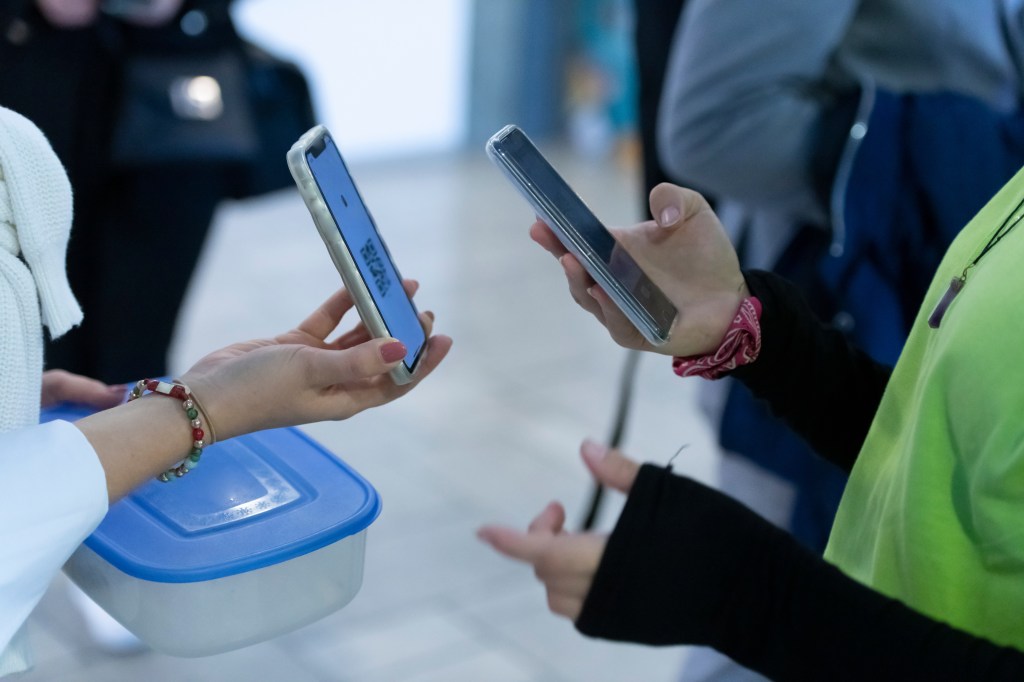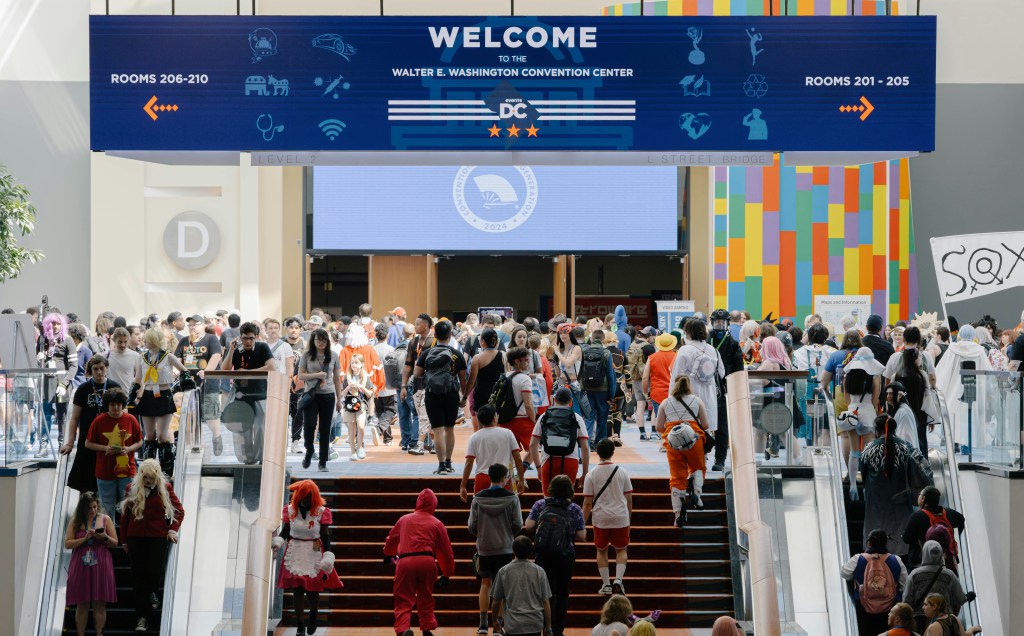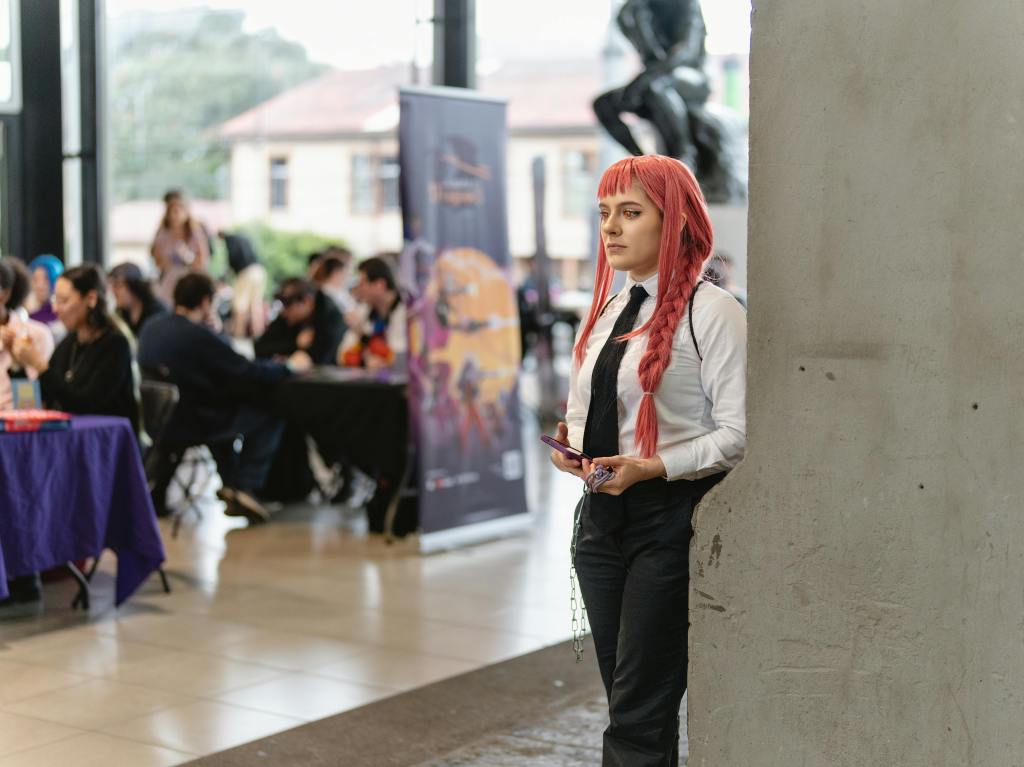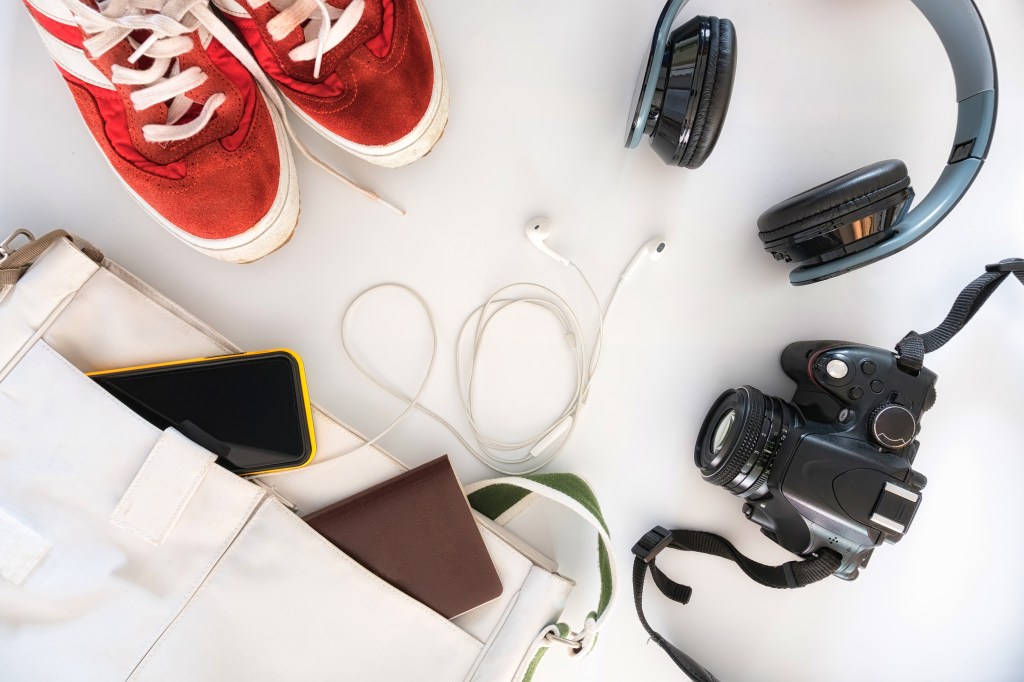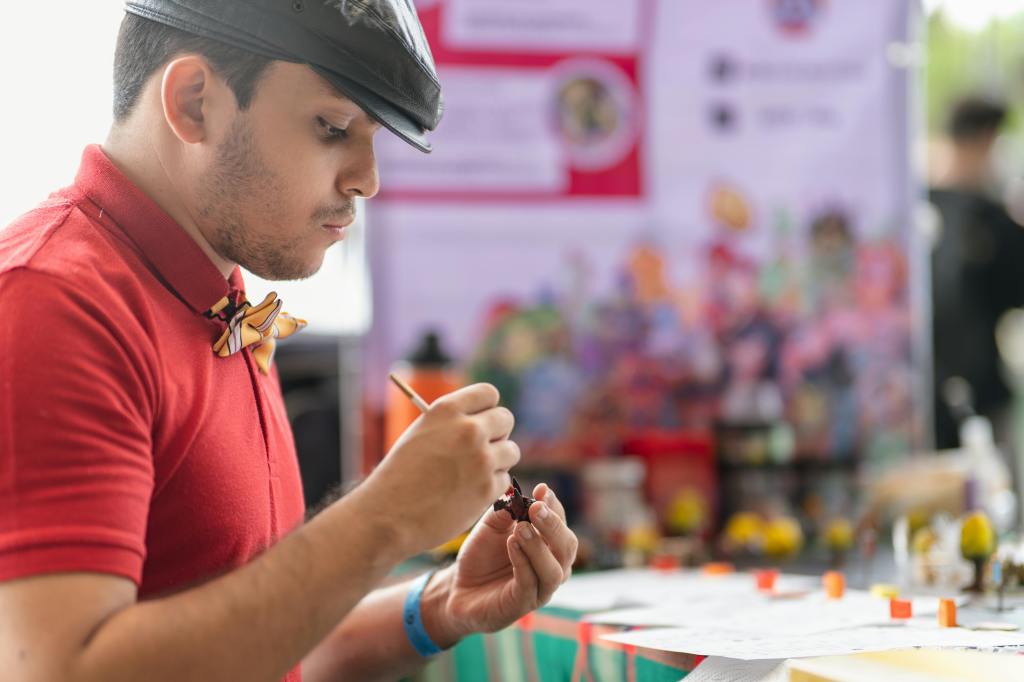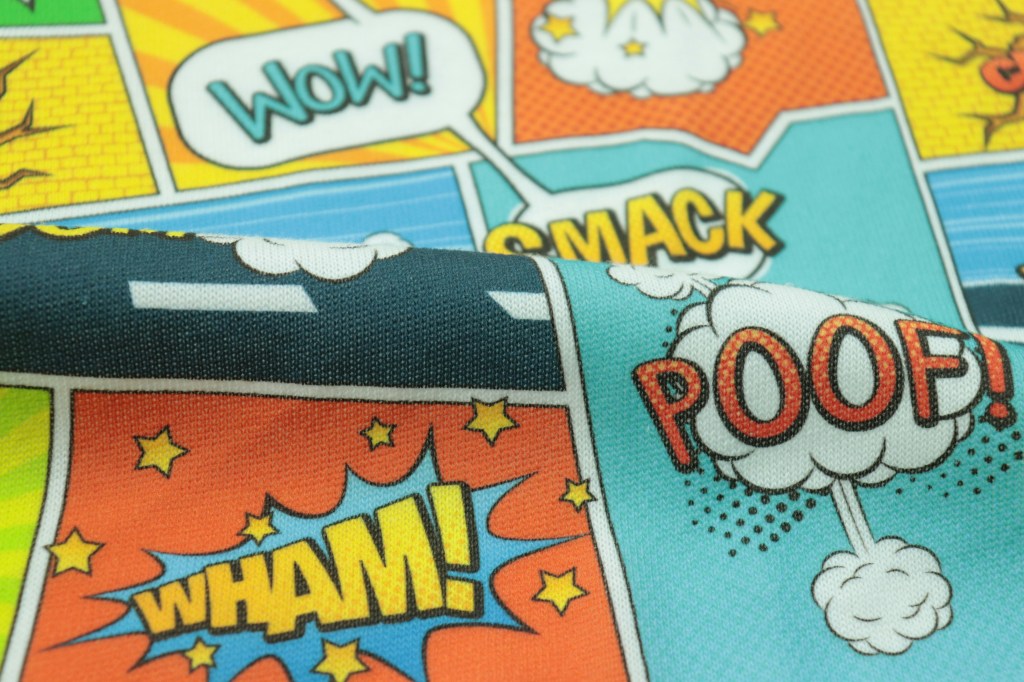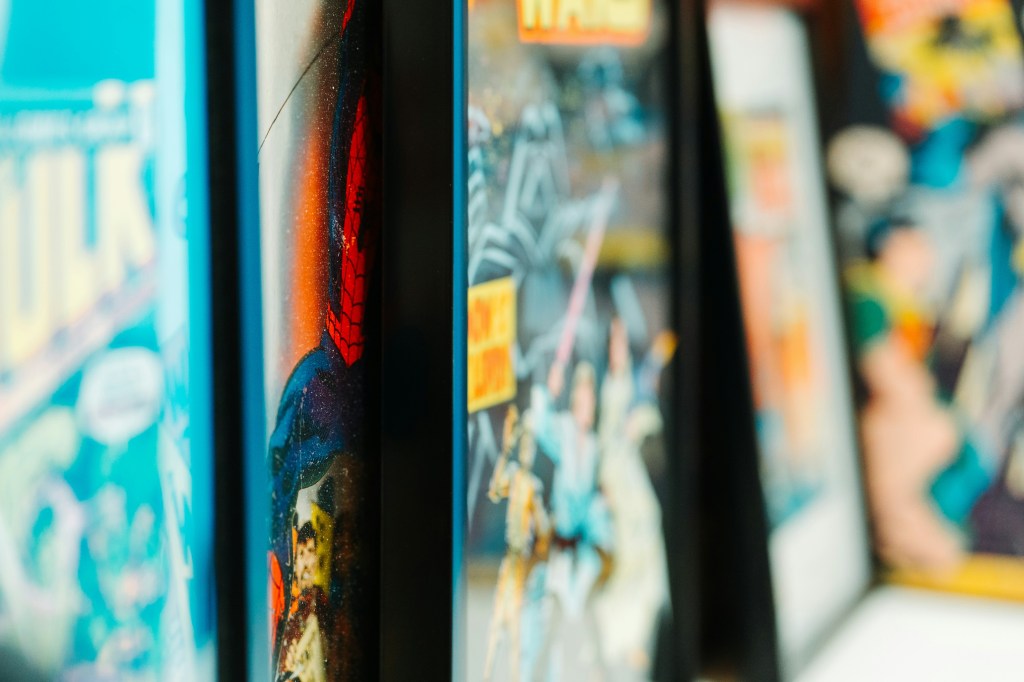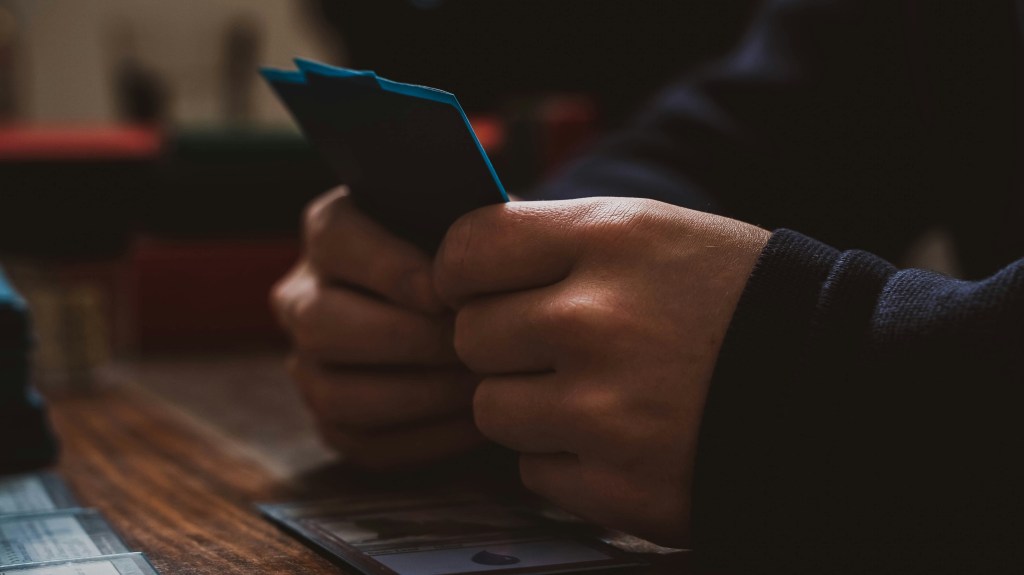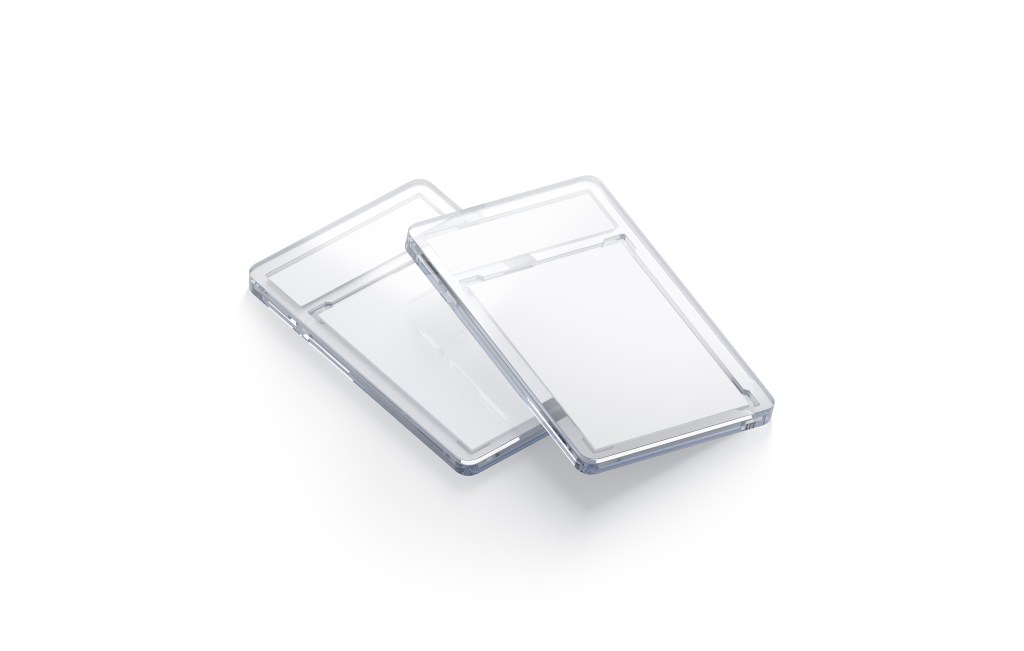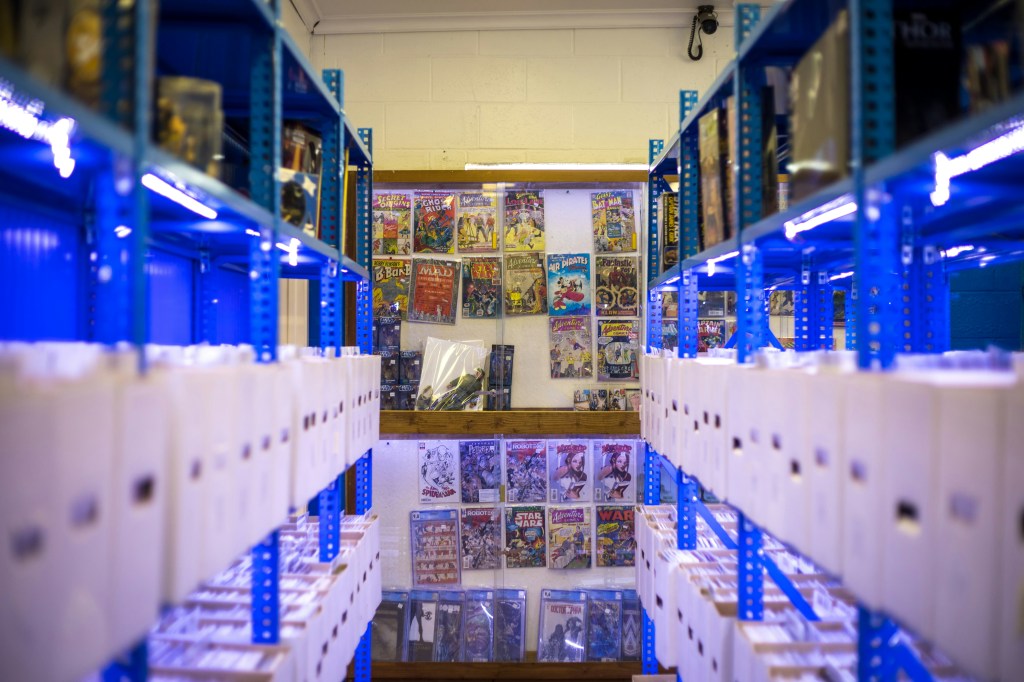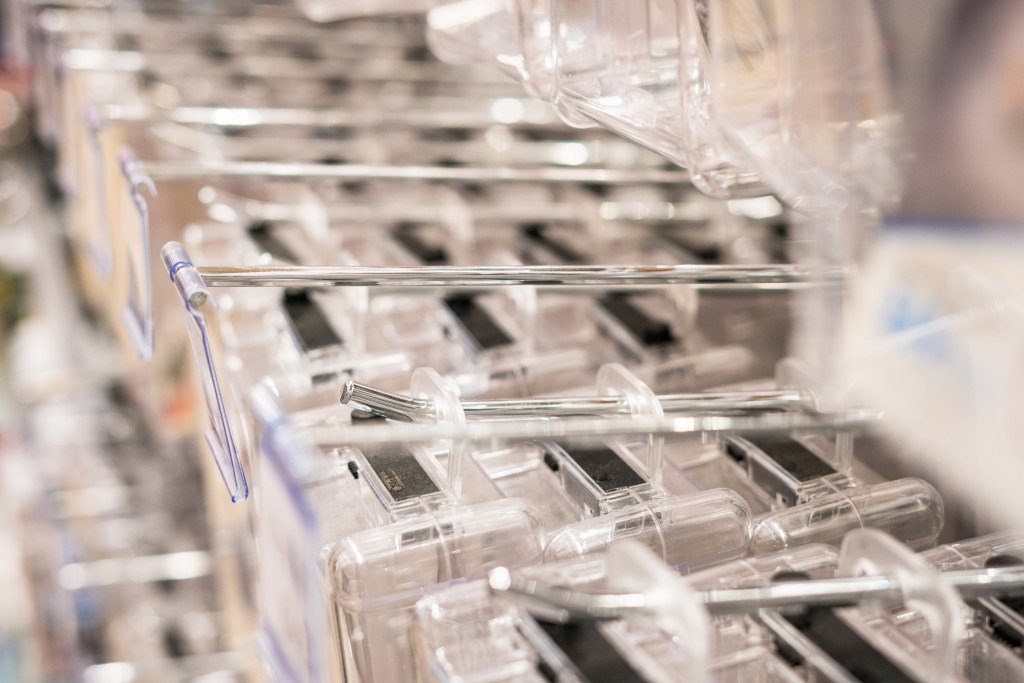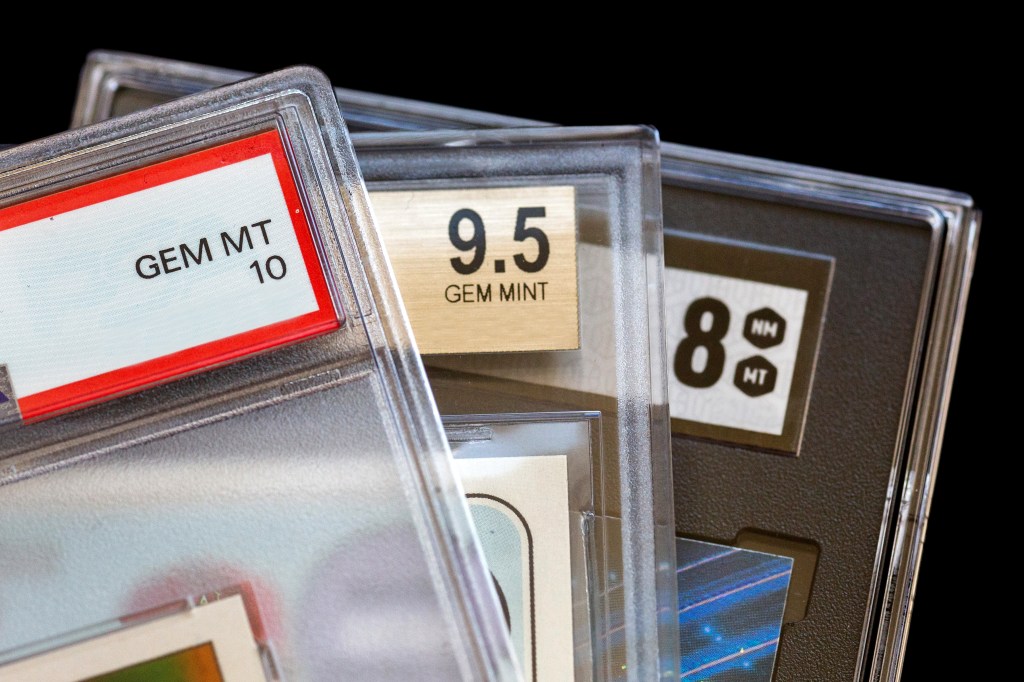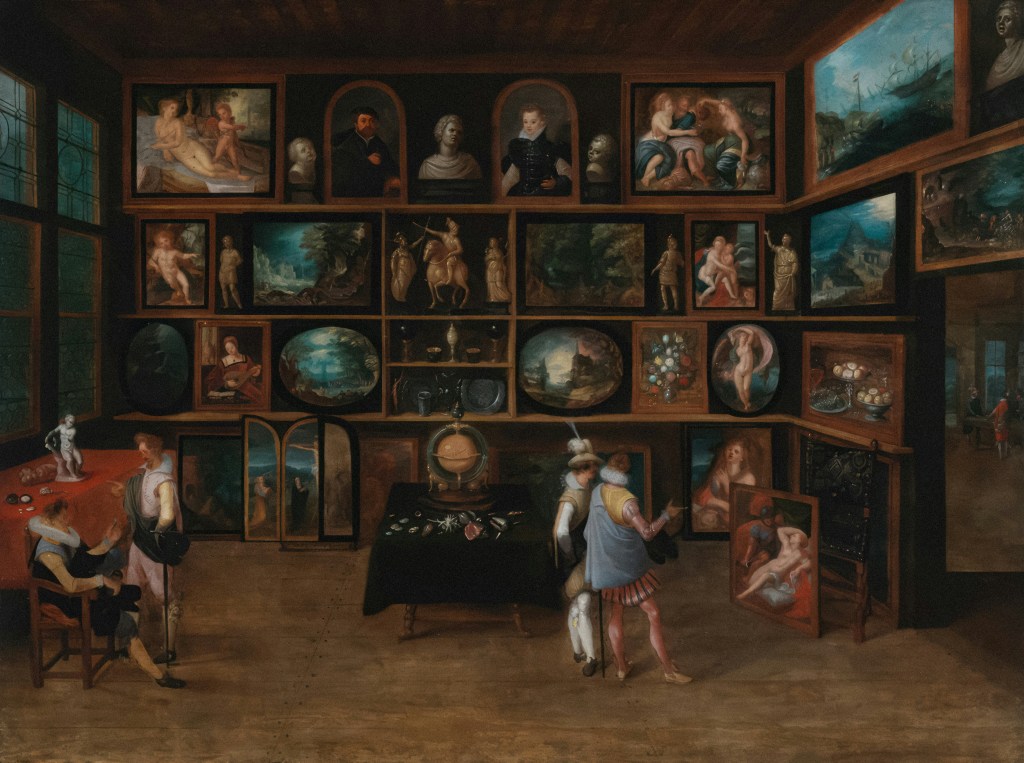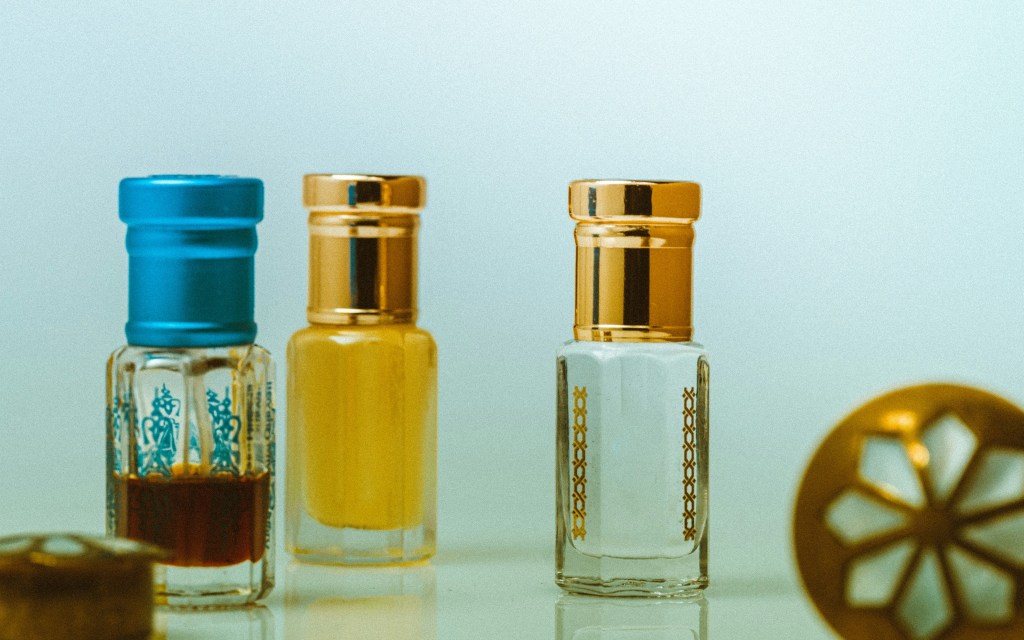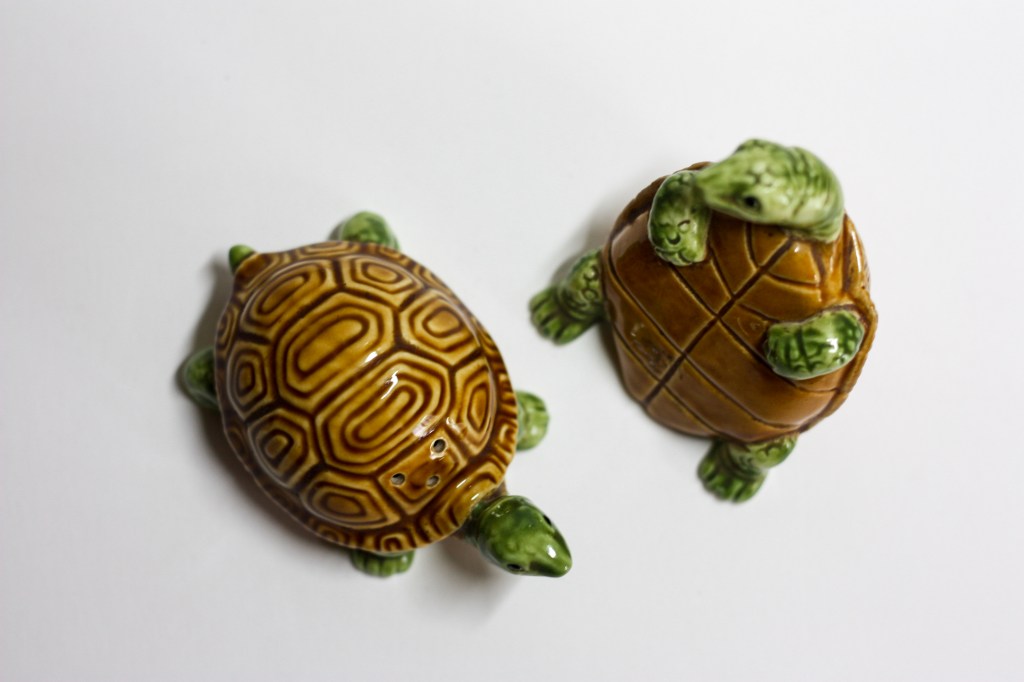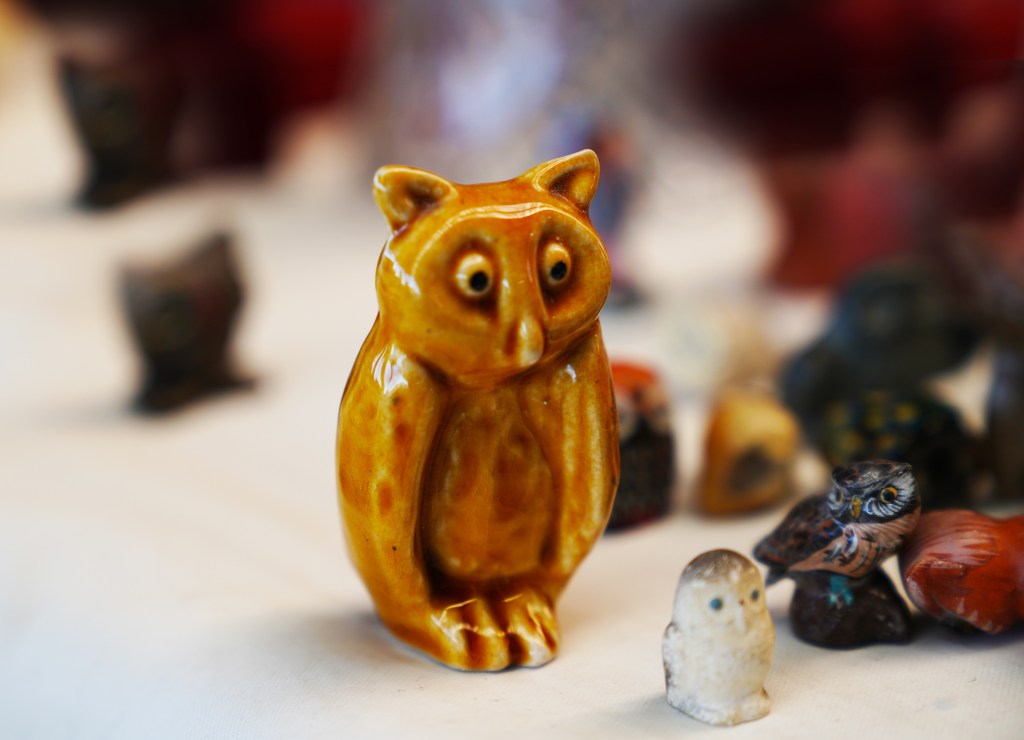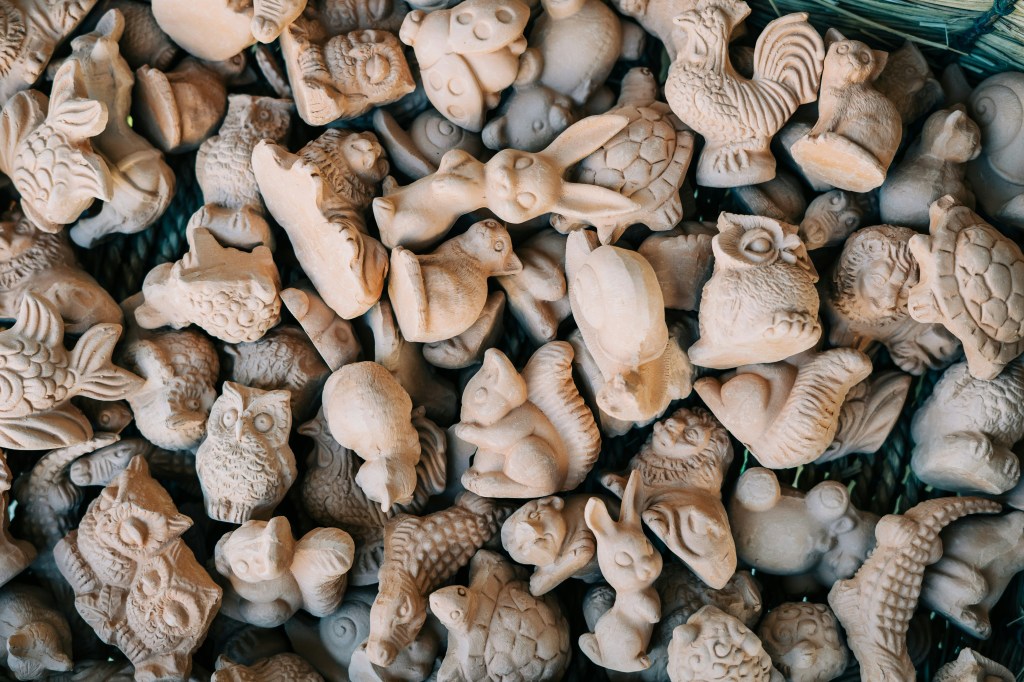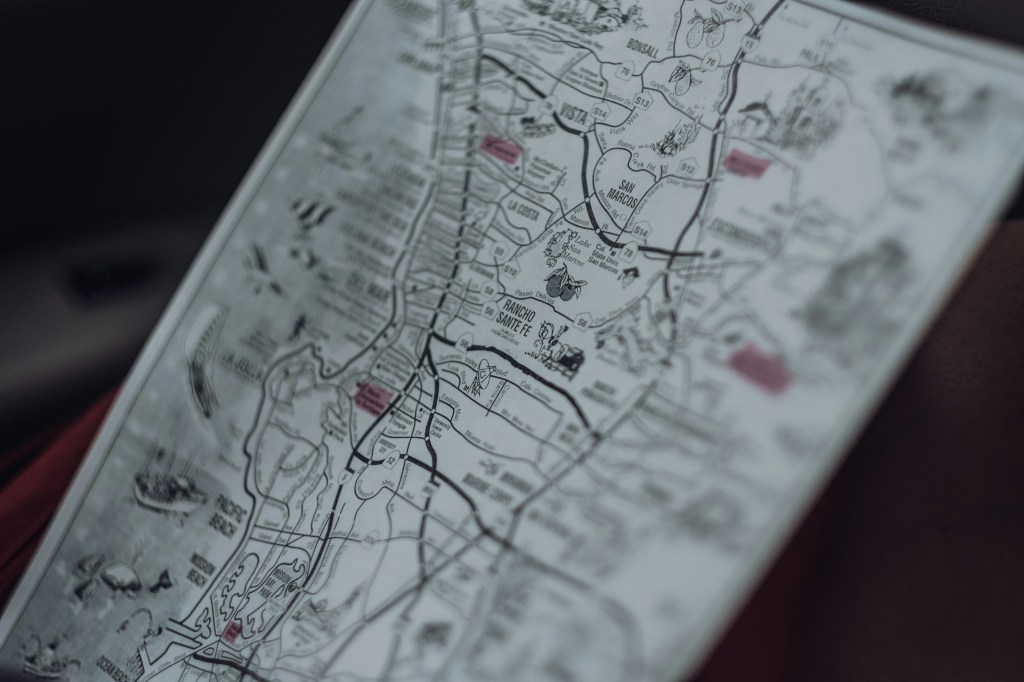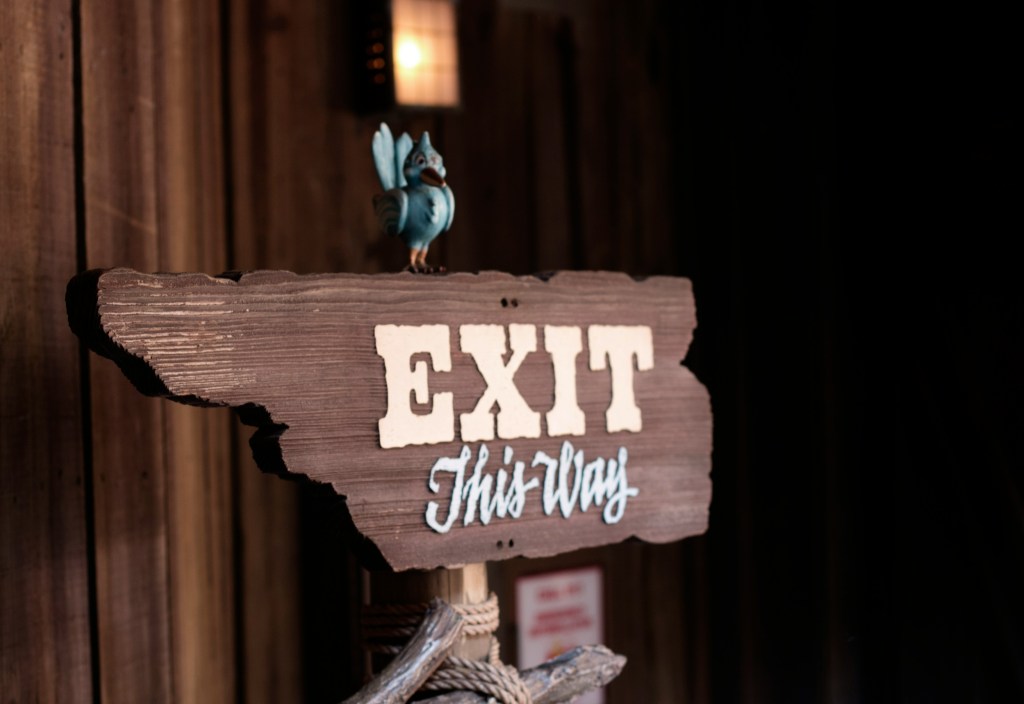Discover essential tips and insights for collecting Hard Rock Cafe memorabilia. Enhance your collection and learn what to look for—start reading now!
Hard Rock Cafe Collectibles: Why They Became a Global Hobby
Hard Rock’s memorabilia legacy began with Eric Clapton’s guitar donation in London, leading to an impressive collection of over 88,000 items. The Hard Rock Cafe is recognized as the largest music memorabilia collection in the world, with some attributing it to a museum of music memorabilia. This vast assortment captures the interest of travelers and music fans who collect unique items linked to specific cities and artists. With a focus on Hard Rock collectibles and a comprehensive memorabilia database, fans can connect with their favorite musical icons.
Inside the Memorabilia: Scale, Stories, and Signature Pieces
The official memorabilia archive displays an extensive collection of artifacts, highlighting the connection between music and culture. Items are dispersed across cafes, hotels, and casinos. Each site utilizes these artifacts as storytelling anchors, reinforcing Hard Rock Cafe’s commitment to preserving and celebrating music history.
Hard Rock collection
- Stage-worn outfits: Notable stage-worn outfits featured in Hard Rock Cafe sites include iconic pieces from artists like Lady Gaga, Elton John, Prince, and Ed Sheeran, all showcased at the Hard Rock Hotel & Casino Atlantic City.
- Instruments: Instruments hold a special place in Hard Rock’s collection, reflecting the contributions of legendary musicians. Among these is Eric Clapton’s guitar, donated to the original Hard Rock Café London, founded by Peter Morton and Isaac Tigrett. Elvis Presley’s piano is also prominently displayed at the Hard Rock Hotel in Tampa, Florida, adding to the King of Rock and Roll’s legacy.
- Lyrics: Lyrics play a crucial role in storytelling at Hard Rock venues. For example, John Lennon’s handwritten lyrics to “Imagine” are showcased at the Hard Rock Hotel & Casino Atlantic City, providing a glimpse into the creative process of one of music’s most revered artists.

The Iconic Hard Rock Pins: A Brief History and Key Types
Although the first Hard Rock Cafe opened in 1971, branded pins were introduced in 1985. Initially, these early designs mirrored the iconic circular logo of the café, but over time, they evolved to include a wide array of fun shapes and themes. This transformation turned pins into the most accessible and varied collectible line associated with the Hard Rock brand.
Types of collectible pins
Hard Rock Cafe pins come in many categories, including limited editions, grand opening commemoratives, and staff exclusives. Collectors can find pins representing instruments like guitars and drums, along with designs honoring iconic rock legends.
Hard Rock collectable pins
- U.S Pins: Distinctive pins showcase popular sites like Las Vegas with dice pins and Nashville with banjo pins. Hard Rock Cafe locations in Atlantic City, California (Palm Springs, San Francisco, and Sacramento), and Florida’s Hard Rock Stadium and Café in Orlando also feature collectible pins.
- Hard Rock International Pins: Hard Rock International boasts several collectible pins from various hotels and cafes worldwide. Singapore’s Changi Airport and the Hard Rock Café in London are notable examples.
- Holiday Pins: Holiday-themed pins, such as those for Valentine’s Day and St. Patrick’s Day, add to the collection’s global appeal.
- Event-Inspired Pins: Hard Rock creates event pins to commemorate significant happenings like Phoenix ComicCon, the World Cup, and the Olympics. These pins cater to fans and collectors celebrating their favorite occasions.

How to Start a Hard Rock Collection: Pins, Magnets, and Tees
Hard Rock Cafe boasts a vast ecosystem of collectibles, including tens of thousands of pins. To build momentum, beginners are encouraged to focus on specific series, like guitars or city icons. Many collectibles can be found in various cities, on their website, on eBay, or in thrift stores. Starting with a specific focus can enhance the collecting experience before expanding later.
Exploring pins
There is a wealth of variety to choose from when it comes to pins. For frequent travelers, checking out Hard Rock Cafe locations in different cities can be an exciting way to build a collection of city-specific pins. Additionally, these pins can be categorized by holidays, music genres, and special events. For instance, collectors might explore holiday pins for Christmas or Halloween, vehicles or anniversary pins tied to specific locations, and music genre-specific pins like those celebrating heavy metal. There are also unique options, such as musician-specific pins featuring iconic bands like The Who or thematic designs like pin-up girls.
Rock Shop merchandise
- Magnets: Magnets serve as another attractive entry point for collectors, offering a range of designs to choose from, although they may not be as popular as pins. Hard Rock Cafe magnets include city-specific designs and novelty items like bottle openers.
- T-Shirts: Another collectible option is T-shirts, with many designs being city-specific. Some collectors actively seek vintage pieces, particularly those released in the 1980s and 1990s.

Trading Culture and Community: Where Collections Really Grow
The world of Hard Rock Cafe pin trading offers a vibrant community for enthusiasts to connect, trade, and share their passion for collecting Hard Rock Cafe merchandise worldwide.
- Community Connections: Online groups are great for accessing a global network and finding rare pins from Hard Rock International hotels worldwide. Start by exploring forums, social media, and dedicated websites to discover new releases and location-specific items and facilitate fair trades.
- Collector Meet-Ups: Collector meet-ups offer an excellent chance for in-person exchanges, allowing enthusiasts to trade pins and build connections. Attending conventions or busy public places enhances safety and creates a lively atmosphere.
- Trading Etiquette: Trading etiquette is crucial for a positive experience in the pin trading community. Always trade pins in good condition and be fair in your transactions. Know the value of your pins to avoid being taken advantage of, and aim to create an enjoyable experience for all.

Finding and Buying: Travel, Location Exclusives, and Event Drops
Travelers actively seek Hard Rock Café collectibles tied to specific cities and venues. These location exclusives enhance the thrill of collecting, as fans venture to different destinations to find items that reflect the essence of each place.
Staying connected
Collectors stay updated about new releases and exclusives via community channels and the Hard Rock Café’s Rock Shop. This connection enhances the collecting experience, allowing enthusiasts to share news and tips, creating a vibrant community.
Limited runs
Scarcity due to limited runs heightens the appeal of certain merchandise. As fewer items become available, competition among collectors intensifies. Travelers should explore the Hard Rock Café’s Rock Shop for unique items commemorating local events, adding meaning to their collections. When traveling, visit the Hard Rock Café’s Rock Shop to find exclusive items. Focus on memorabilia tied to significant local events for memorable souvenirs that enrich any collector’s experience.
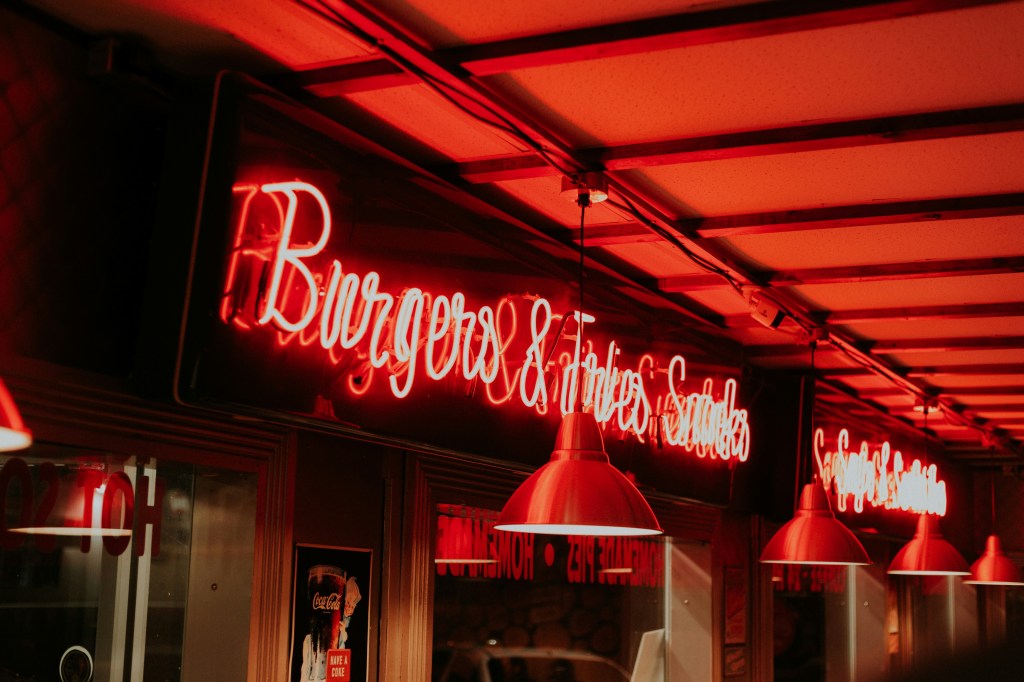
Authentication and Autographs: Evaluating Signed Memorabilia
It’s essential to ensure authenticity when collecting artist-signed items, particularly those featuring iconic figures like David Bowie. Experts emphasize the importance of comparing signatures with verified professional evaluations if the authenticity is uncertain. Independent evaluators often provide guidance and informal opinions to help collectors navigate this, empowering buyers to avoid potential pitfalls.

Display and Storage: Keeping Pins and Memorabilia Safe
When collecting pins, proper display and storage techniques are crucial for preserving their condition and ensuring long-term enjoyment.
Roll-up pin bags and frames are popular for keeping collections organized and travel-ready. Some collectors craft display boards with foam for frames and drawers. The Rock Shop offers unique display cases, including fun guitar shapes. To protect items on display, use UV filtering cases in areas with direct sunlight and securely mount display boards to avoid accidents.
To prevent damage, use flat storage with protective sleeves and avoid stacking. Regularly check for rust, and store items in temperature—and humidity-controlled environments, avoiding basements, attics, and garages.

Insurance Considerations for Hard Rock Cafe Collectibles
As collections expand, especially exclusives, limited editions, and signed items, the coverage needs often extend beyond standard homeowner policies. Specialty collection insurance can protect against theft, fire, water damage, accidental breakage, and items in transit or stored away from home. This coverage suits how Hard Rock collectibles are often moved between venues, storage, and during travel.
At Collectibles Insurance Services, established by collectors for collectors in 1966, we offer tailored insurance solutions to protect against theft, accidental damage, and environmental hazards. Our coverage ensures that your collection is secure at home and while traveling, allowing you to pursue your passion without worrying about potential loss.
Sources
https://www.hardrock.com/memorabilia.aspx
https://www.forbes.com/sites/ramseyqubein/2021/05/23/how-hard-rock-hotels-and-cafes-get-their-rock-and-roll-memorabilia/
https://hotel.hardrock.com/news/expert-tips-how-to-start-your-hard-rock-collection/
https://www.collectorsweekly.com/medals-pins-and-badges/hard-rock-cafe-pins
https://www.dailymail.co.uk/femail/article-12755151/How-Hard-Rock-Cafe-museum-rock-n-roll-memorabilia-boasting-collection-87-000-pieces-treated-like-precious-works-art-including-Beatles-tour-BUS.html
https://davidbowieautograph.com/evaluation%2Fhelp/f/hard-rock-cafe-memorabilia
https://en.wikipedia.org/wiki/Hard_Rock_Cafe
https://casino.hardrock.com/atlantic-city/entertainment/memorabilia
https://news.pollstar.com/2022/05/23/memorabilia-the-hard-rocks-beating-heart-the-smithsonian-of-rock-n-roll-artifacts/
https://www.hobbydb.com/home/hardrock
https://thisishardrock.com/hard-rock-cafe-grand-opening-pins.html
